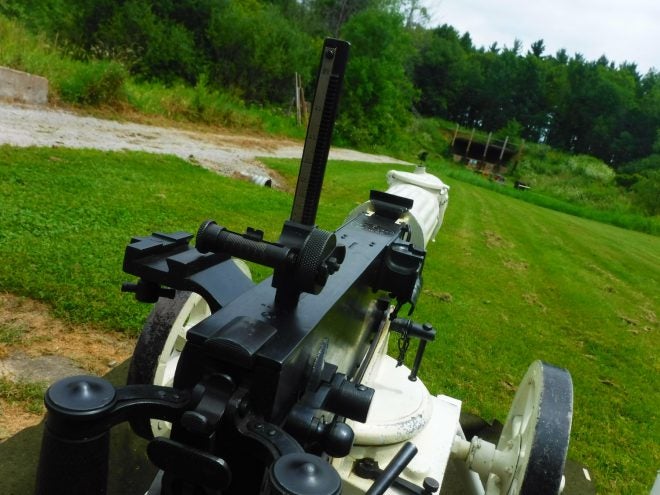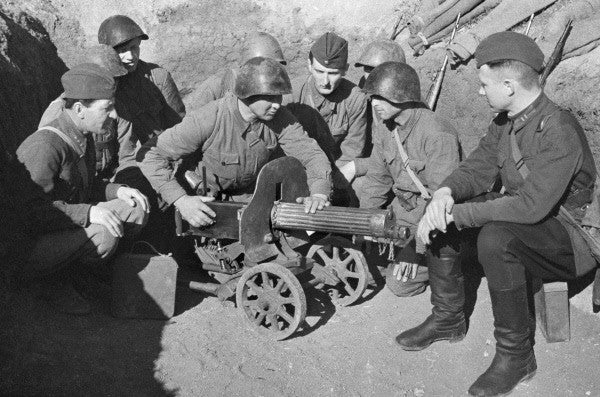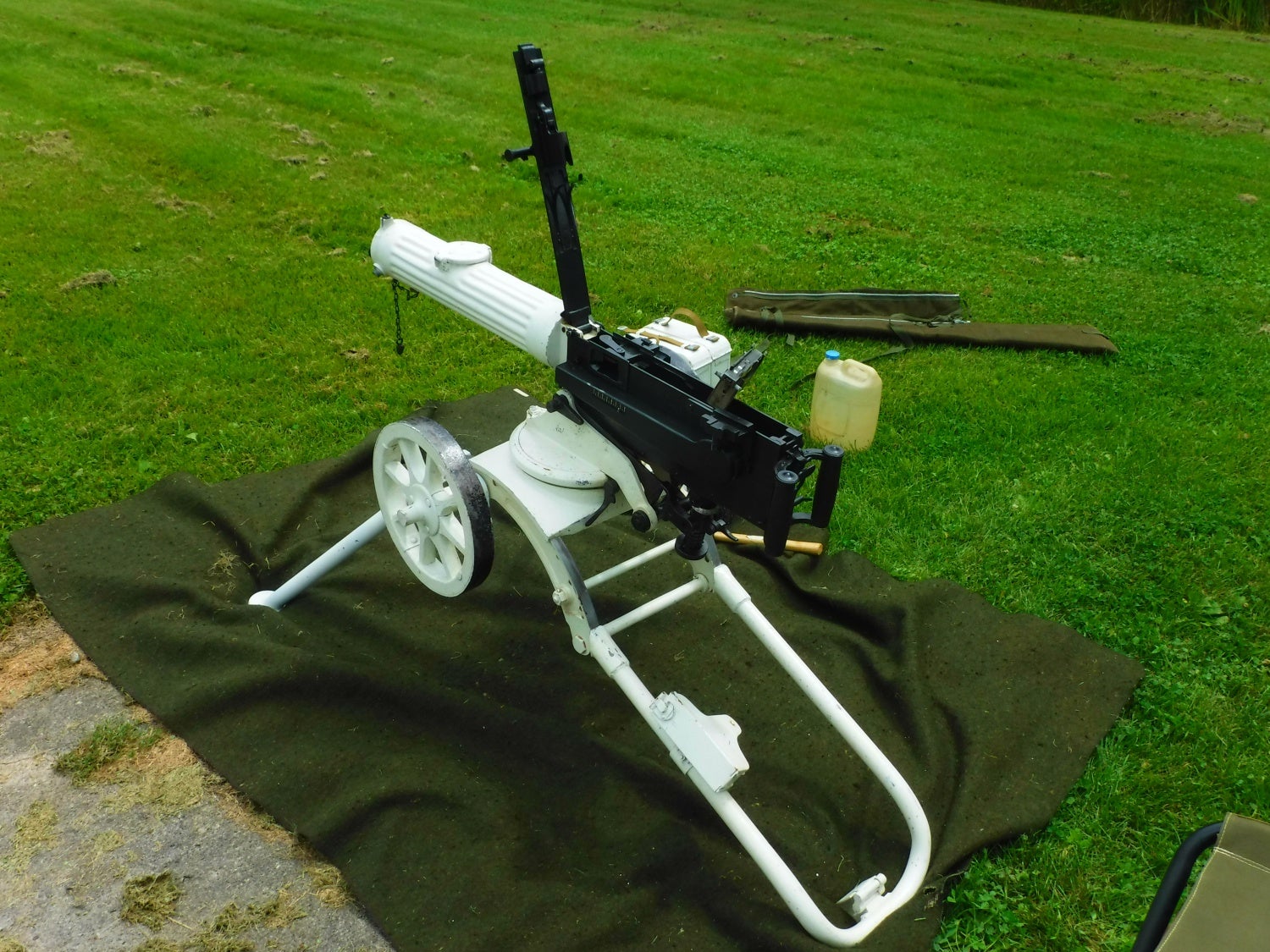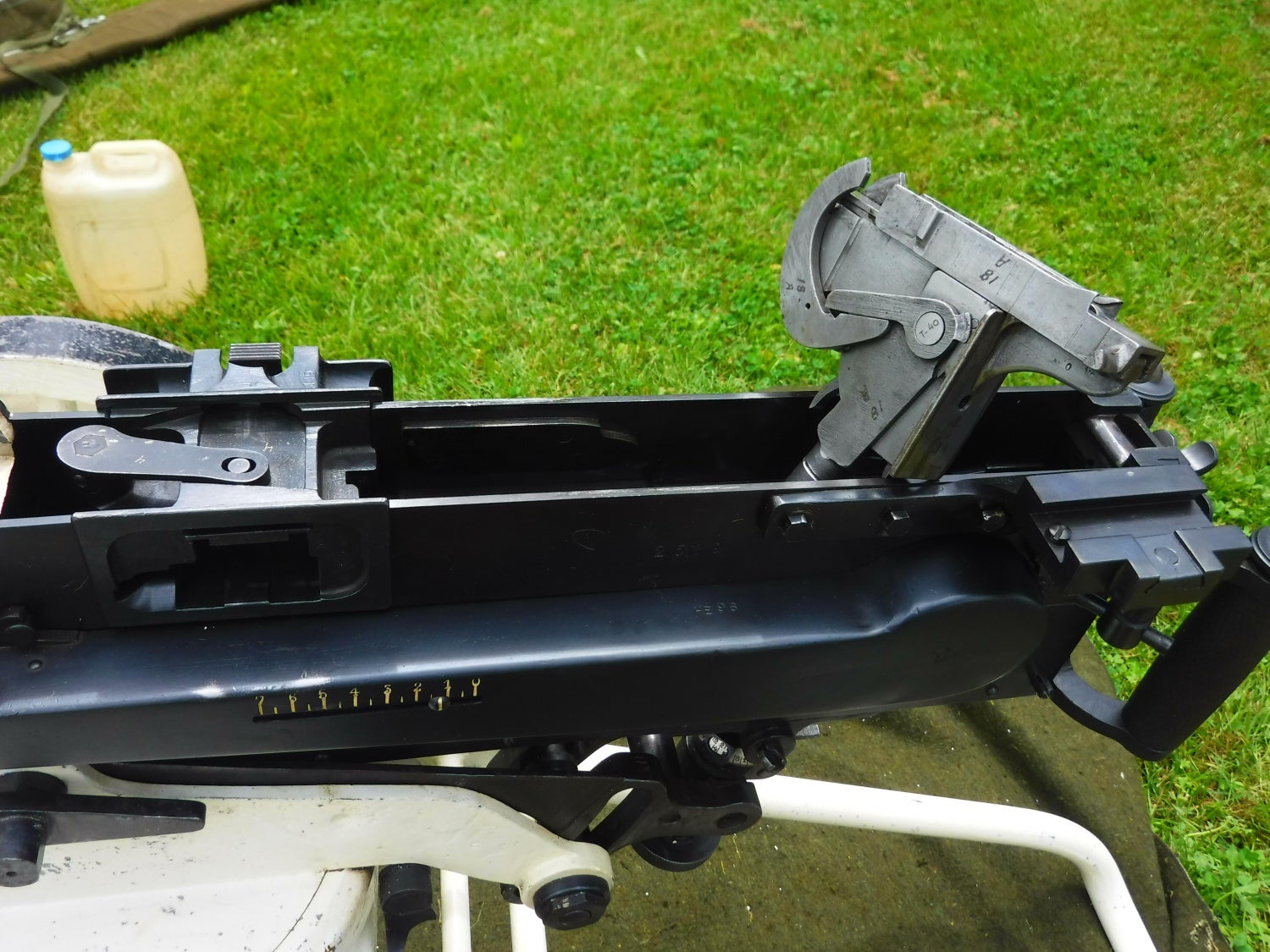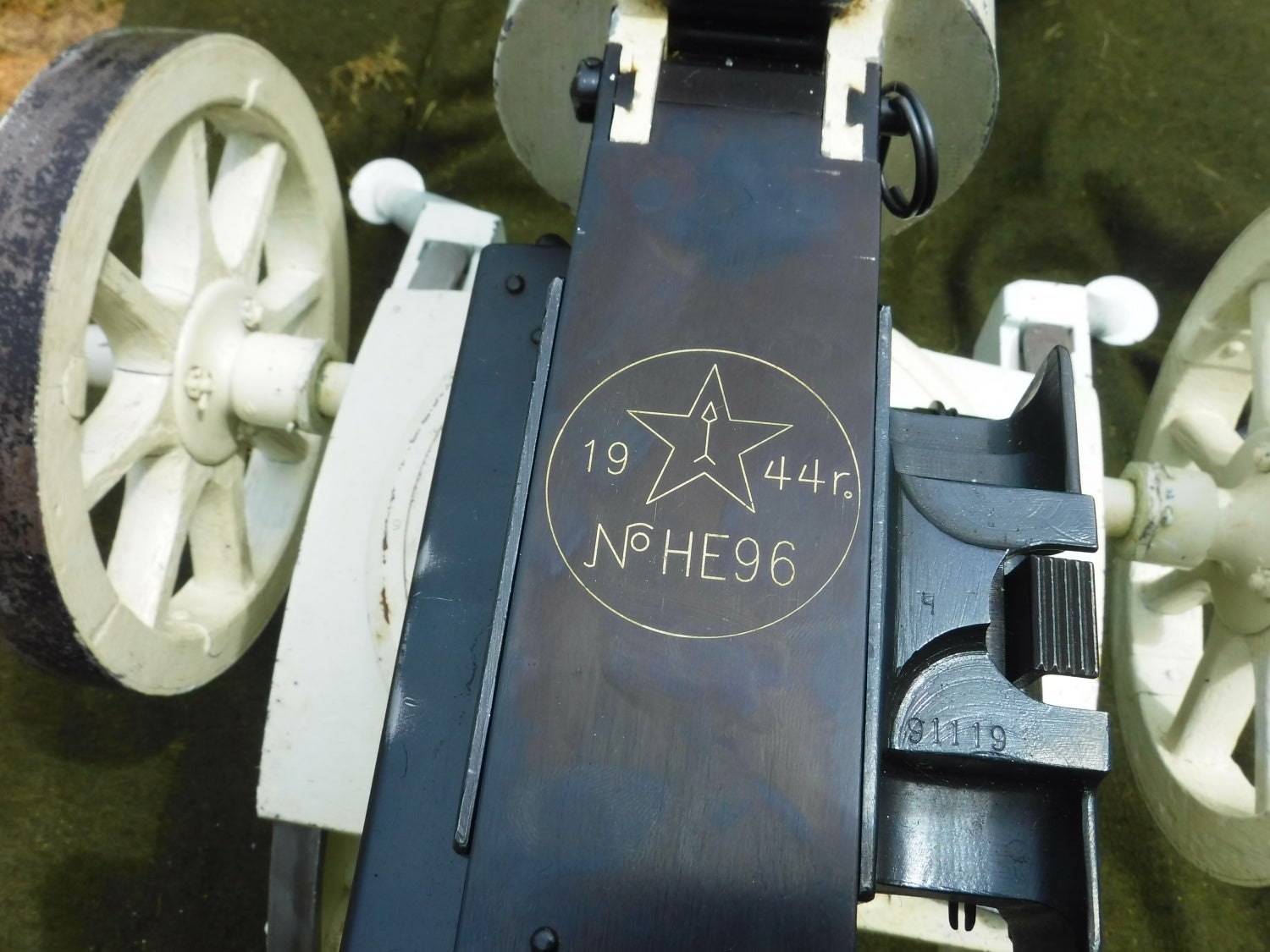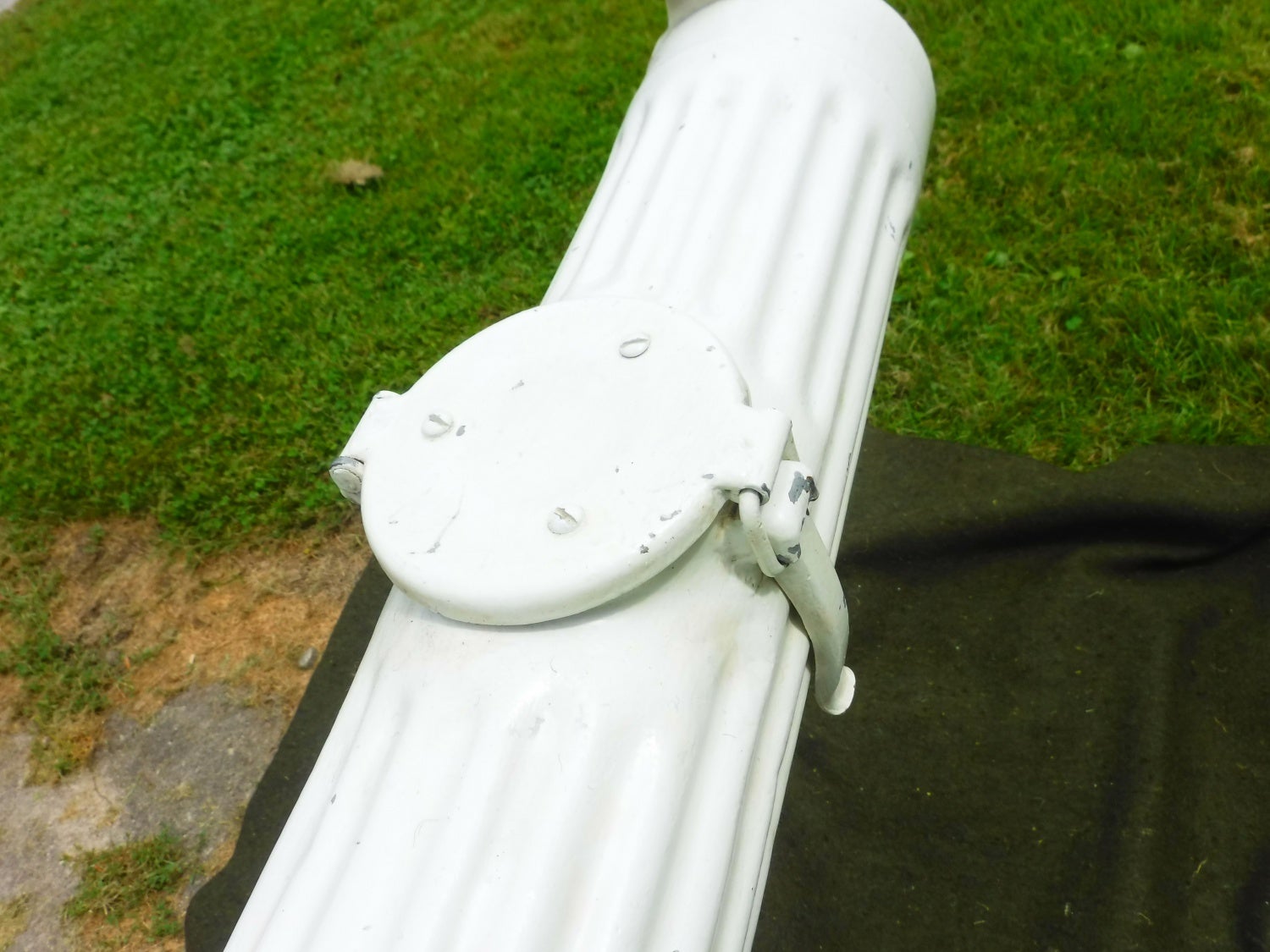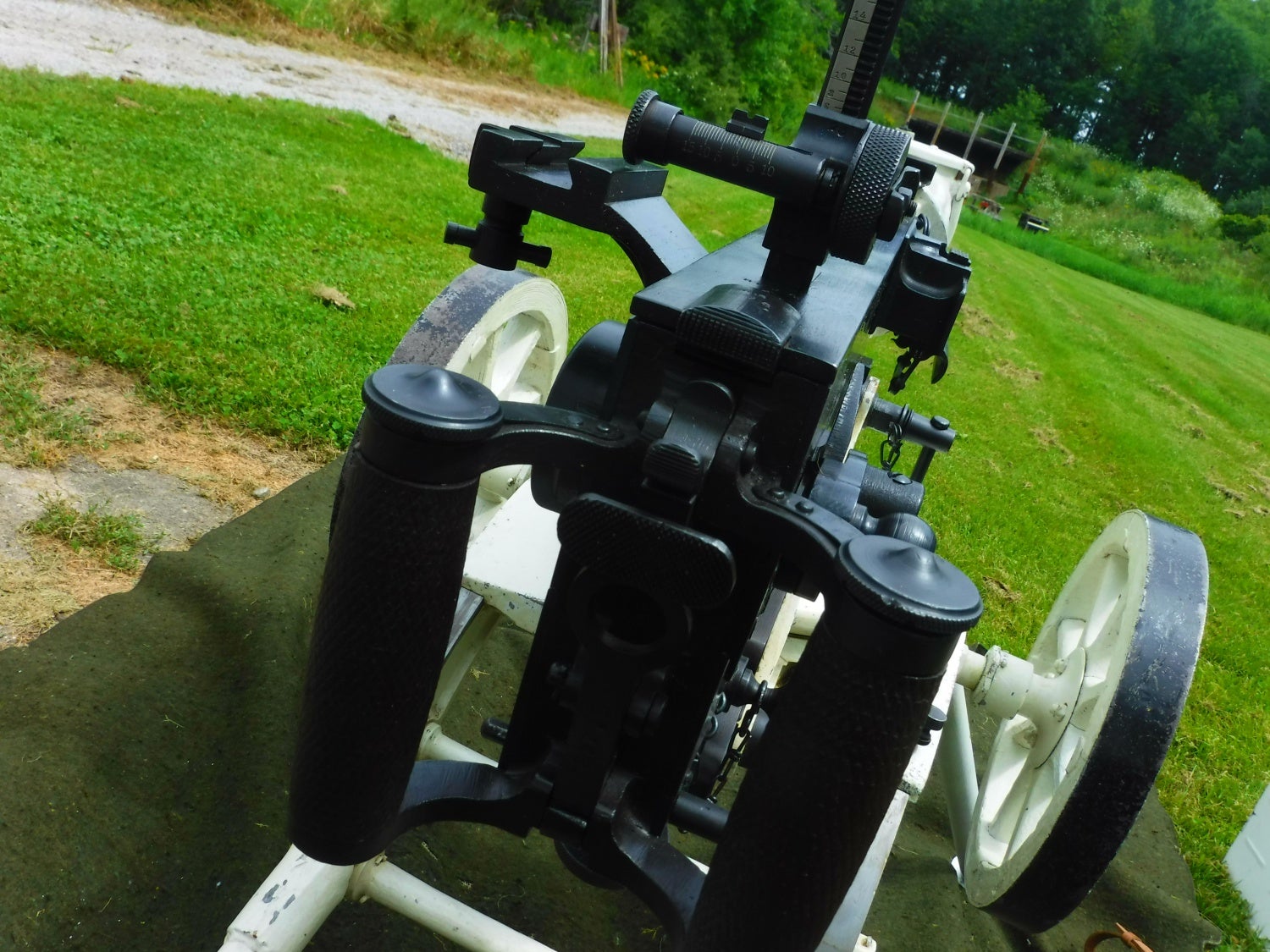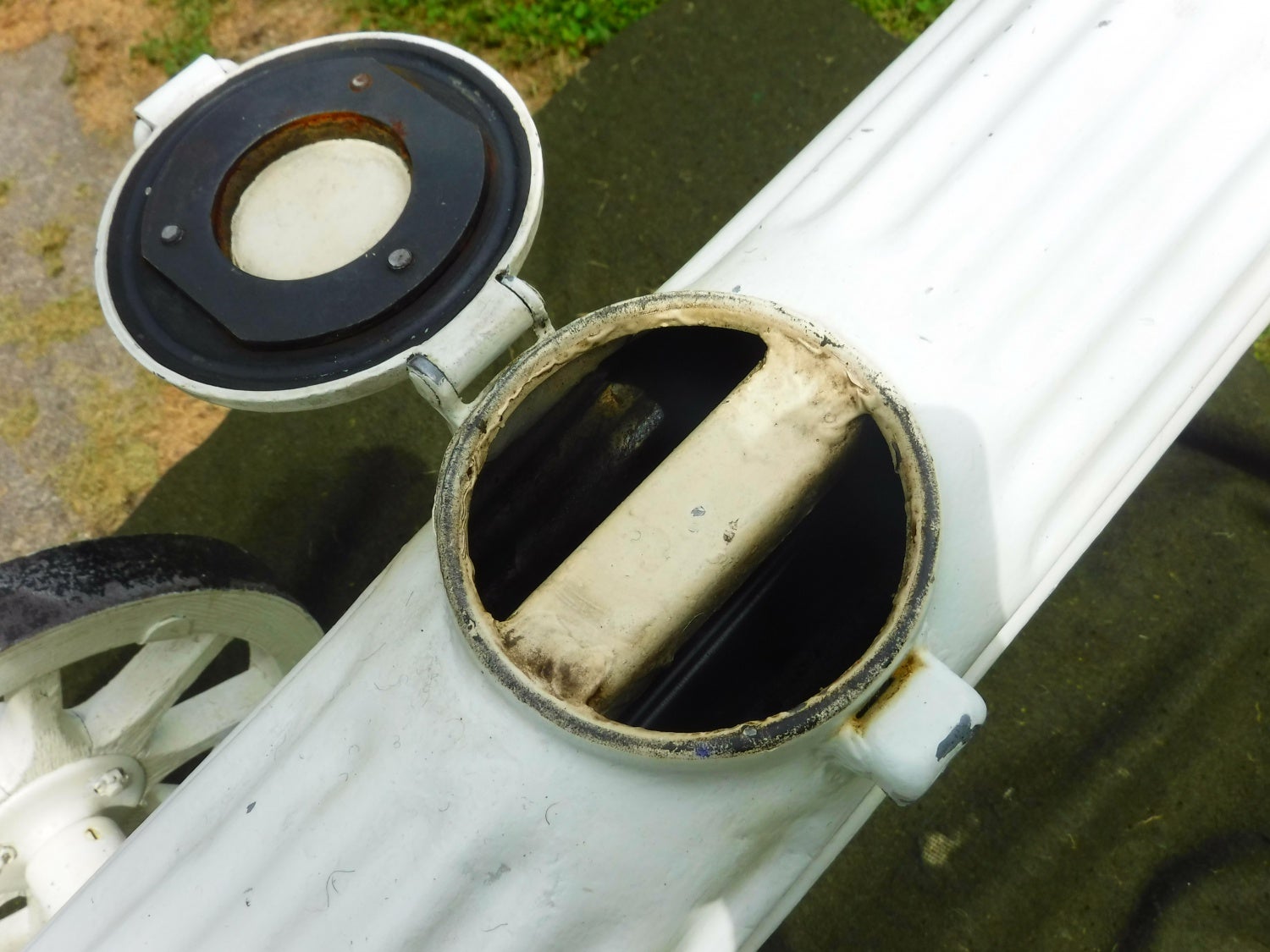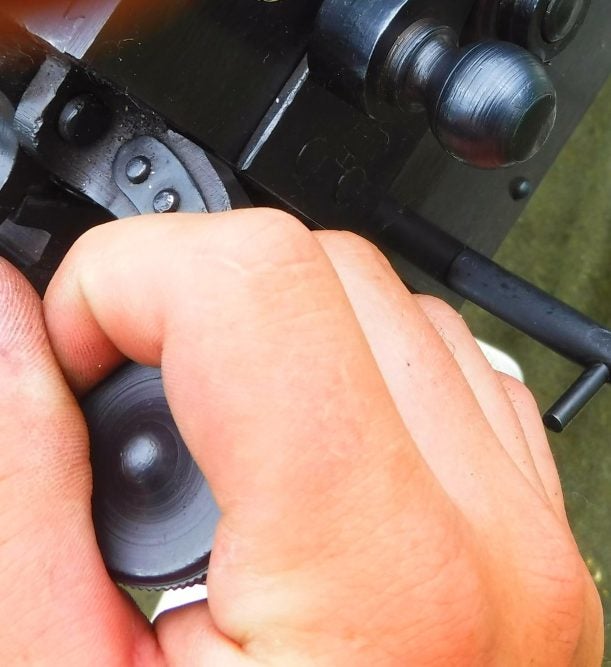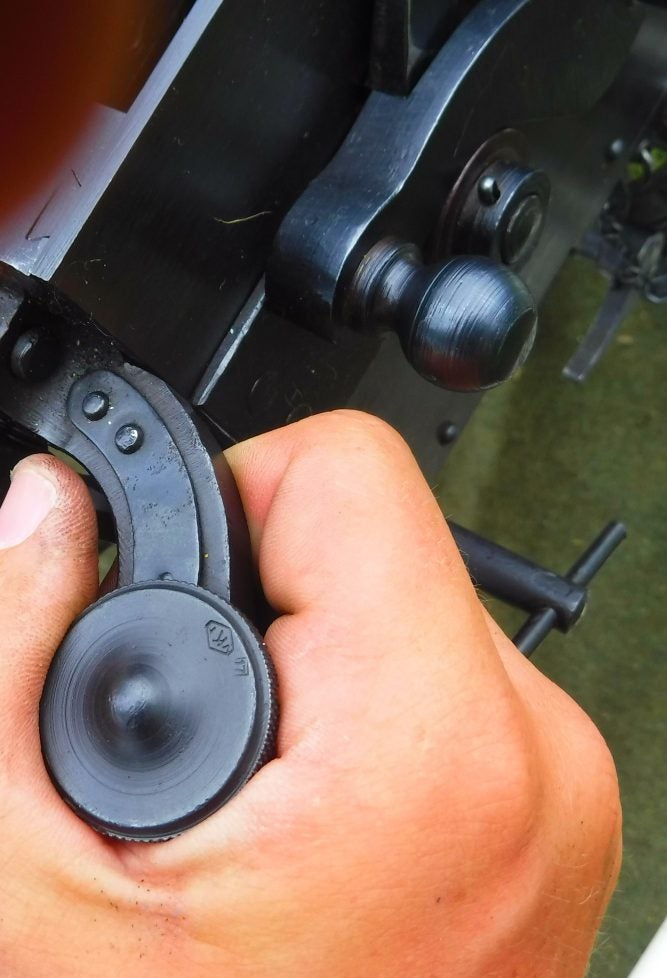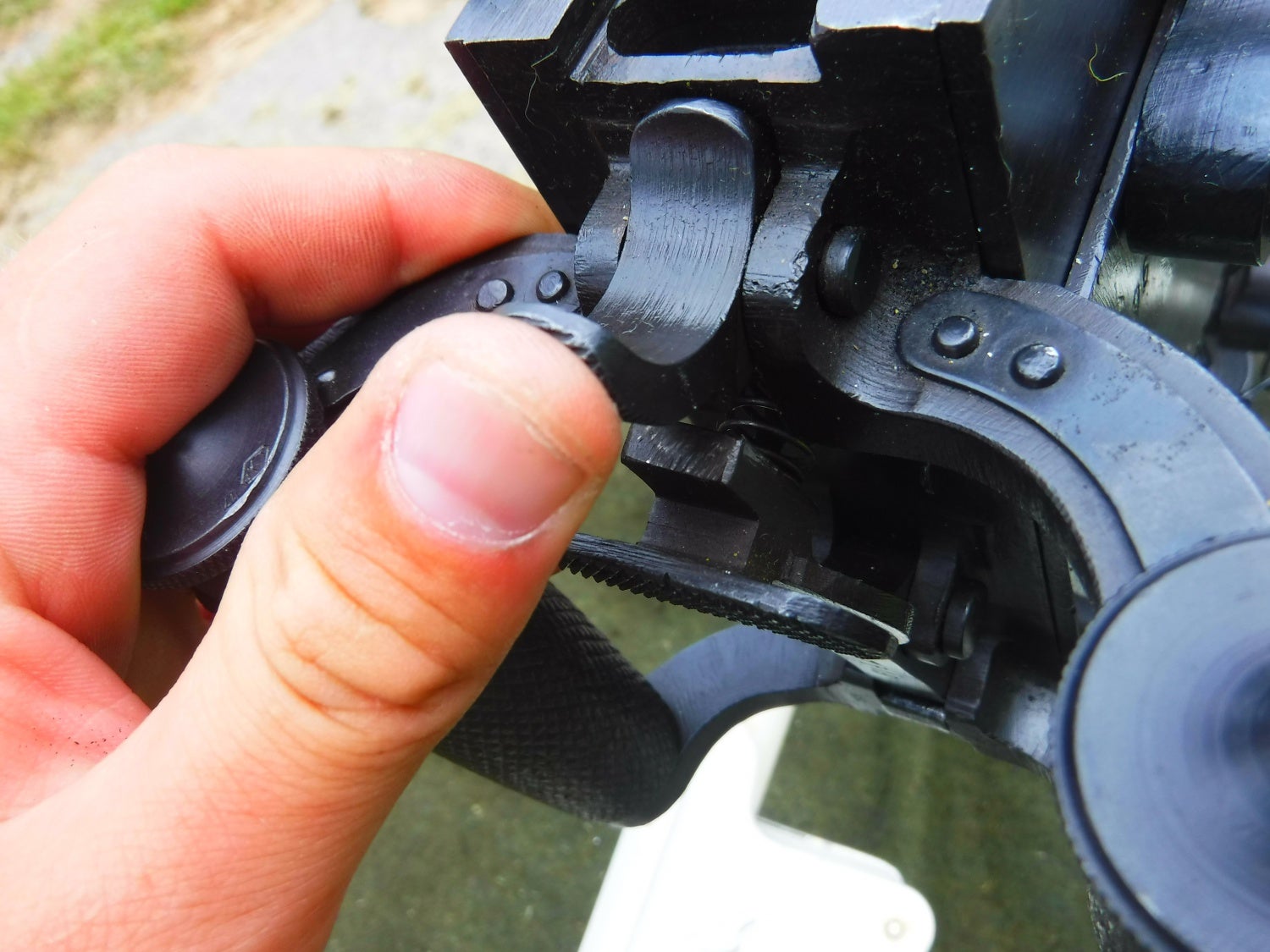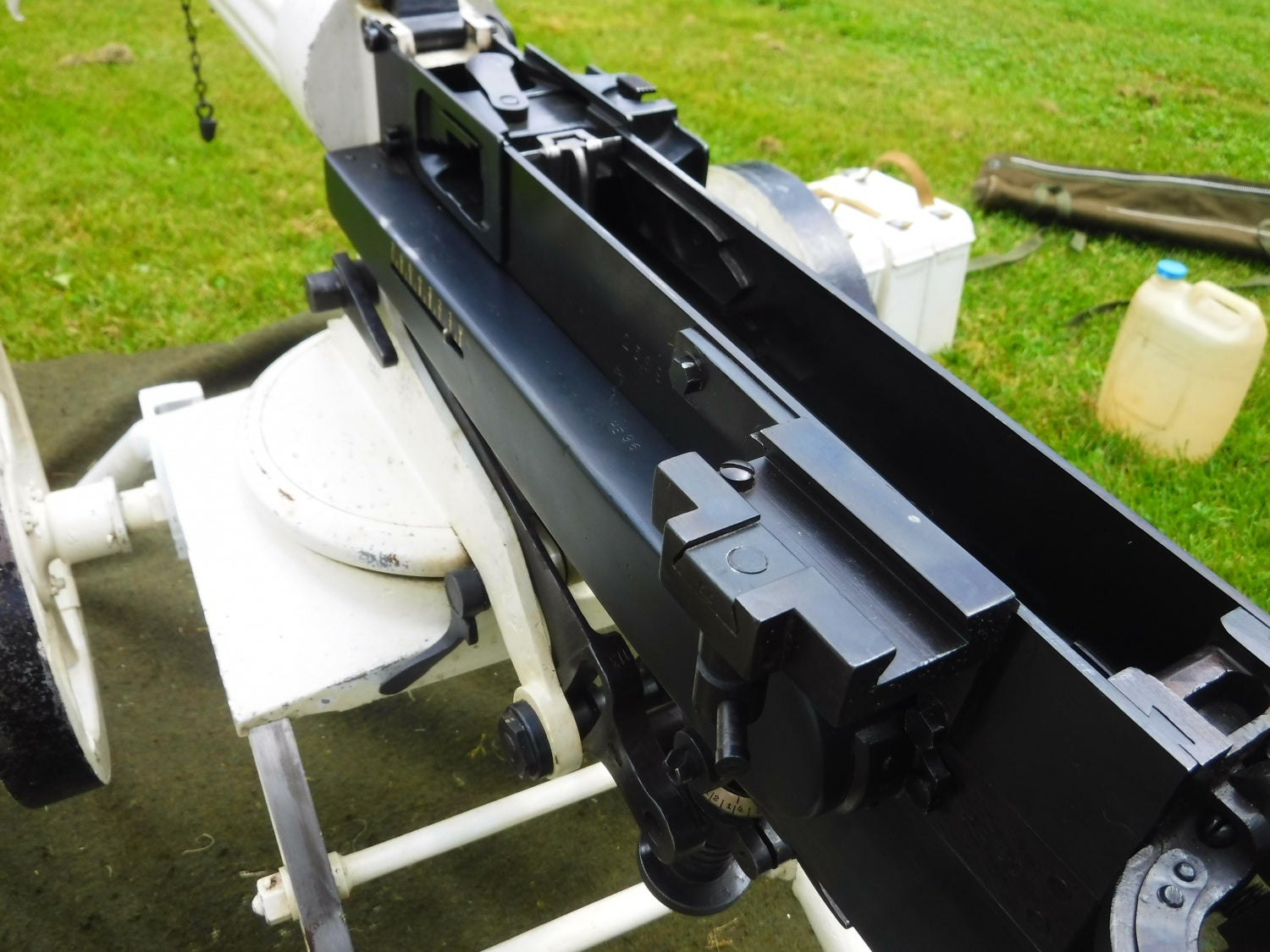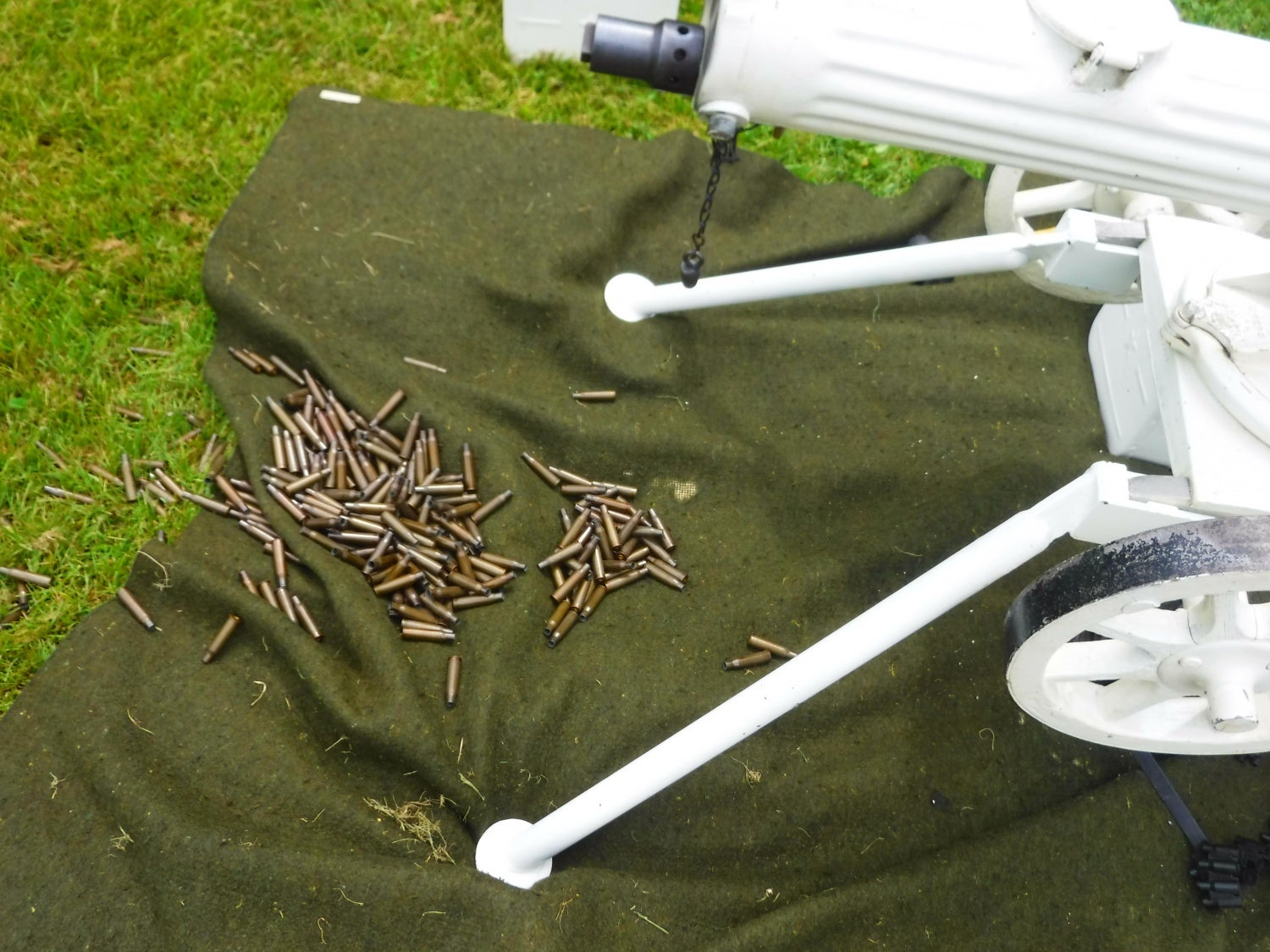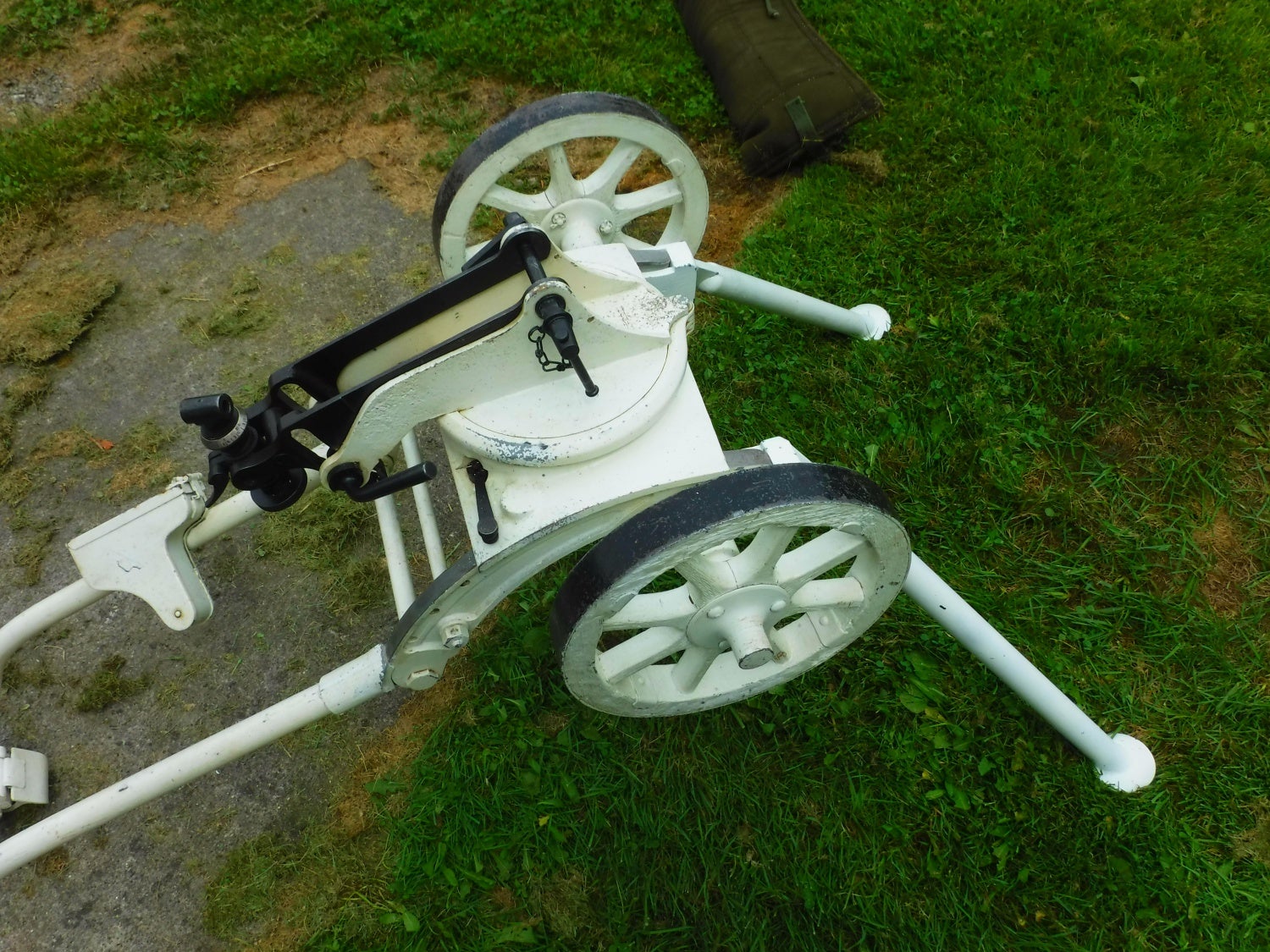This post is part of two others, about a recent range outing with some very historically interesting small arms, the DeLisle commando carbine, the M50 Reising submachine gun, and the Russian PM1910 Maxim heavy machine gun. All of these are NFA items (either Class III or suppressed) and the owner was extremely kind enough to take me out and blow over a thousand rounds through his small arms.
I am by no means a knowledgeable person on World War One and Two belt fed water cooled machine guns. However, from a historical and firearms interest point of view, I can absolutely appreciate them, and shooting one was the bees knees.
The Russians adopted the Maxim design in 1910. Something to understand about Hiram Maxims machine gun inventions is that they were adopted everywhere. Essentially if a country in the early 1900s didn’t have a Maxim variant of some sort, then they would have had a Vickers, a Hotchkiss, or a Madsen in some form or another. The machine guns were just so prevalent. Thus, Russia adopted the Maxim in 1910, and continued using it into the Second World War, wherein it was replaced by the air cooled SG43.
Put yourself in the early 1900s as some sort of high ranking officer or tactician. Machine guns aren’t entirely understood at all, so essentially you’ve either got Infantry or artillery on the battlefield. No tanks, no planes, no mortars as of yet. So along come the heavy belt fed, water cooled machine guns, and what do you do with them? Well to the countries back then, these machine guns were treated as light artillery. They required a crew of soldiers to operate, they could be used to hit area targets at long ranges, and could be used as an indirect fire asset as well. Today of course, machine gun employment is very different from what it was back then. But we have to understand this concept if we want to look at how these heavy belt feds were employed.
And when I say heavy, I mean heavy. Like 140 pounds heavy. The gun, the armored gunners plate, the carriage, the ammunition. Setting up the whole thing required a well trained crew of soldiers, in addition to keeping it running with all the water, ammunition, and spare parts required. Often these teams would have horse or vehicle drawn carriages that carried everything they needed to maintain the machine gun. Because the guns were so intricate at times, the crews also had to carry boxes of spare parts. Look at the videos I have here, you’ll see an oddly shaped metal box welded to the mount. That box contained a spare bolt. A good gunner could swap out a broken bolt with a working one within seconds should the need arise. In addition, you’ll notice the operating toggle moving back and forth during the cycle of operations. A well trained gun crew could diagnose exactly what malfunction or jam would have occurred to the machine gun based on the position of that toggle.
This is an excellent animated video of the cycle of operations of the Maxim.
There are some interesting tidbits about the Russian Maxim that differentiate it from other Maxims. For one, the Russians borrowed an idea from the Finns with incorporating a large water opening on the top of the water jacket. This was to allow gun crews to pack snow into the water jacket should there not be any water available with the standard hose. Bear in mind that as long as there was water in the jacket, the gun could keep firing at a rapid rate of fire. Of course, barrels could get burnt out, but a water cooled machine gun could out match any air cooled machine gun of its era. The Russian mount was specially made so that once the two front legs were disconnected, the gun could be carried by the crew, but then once connected, it was set up for action. Originally these Maxims took cloth belts, but they can also take non-disintegrating PKM linked belts (which were probably originally for the SG43). The camouflage scheme on this one was done in the United States to mimic what it would have looked like on the Eastern Front during the winter months. The Maxim used in this range trip was actually built during World War Two.
Shooting the Maxim just felt like time travel to World War One. Getting behind the heavy gun and just laying down walls of lead, one can easily see how so many head on attacks in that war were just doomed from the outset. It almost seemed like the spade grips were the original Playstation controllers of death. While we had issues shooting the DeLisle, and maybe a couple malfunctions with the M50 Reising, there was literally not a single issue with the Russian Maxim, every single round of the 750 that we fired went downrange and cycled through the machine gun.
I personally think everyone should get a chance to shoot a water cooled belt fed heavy machine gun. It really was an event to remember!
 Your Privacy Choices
Your Privacy Choices
